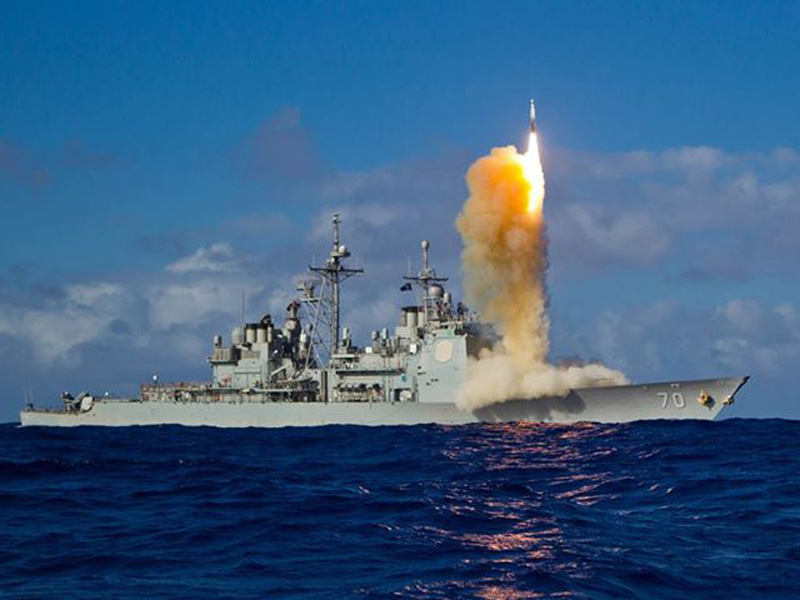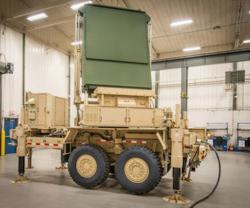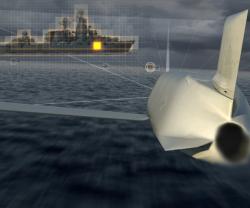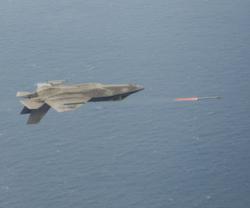Lockheed Martin’s second-generation Aegis Ballistic Missile Defense (BMD) system achieved its fourth intercept since May 2012.
The system successfully launched and guided a Standard Missile-3 (SM-3) Block IB missile to engage a sophisticated, separating short-range ballistic missile target.
During the Missile Defense Agency test, U.S. Navy sailors aboard USS Lake Erie (CG-70) used the Aegis BMD Weapon System in an operational test environment to discriminate a ballistic missile target among multiple separating objects designed to present a realistic threat scenario. The target, launched from the Navy’s Pacific Missile Range Facility on Kauai, Hawaii, traveled approximately the distance from Boston to Washington, D.C.
“With every flight test, we’ve witnessed the ability of the sailors, the ship and the system to engage increasingly more sophisticated ballistic missile threats,” said Nick Bucci, Director of BMD Development Programs for Lockheed Martin’s Mission Systems and Training.
“Each success reaffirms Aegis as the foundation of a variety of systems that can combat the world’s increasingly sophisticated enemy threats,” he added.
This firing test event marks the 10th time in four years that the USS Lake Erie and her crew have successfully performed at-sea operations against cruise and ballistic missile targets using the second-generation Aegis BMD system. The system was recently upgraded with faster, more powerful commercial-off-the-shelf signal processing equipment and updates to its weapon system computer programs.
The test also marks an important milestone for the Phased Adaptive Approach (PAA) to missile defense in Europe, demonstrating PAA Phase 2 SM-3 Block IB capabilities planned for deployment in 2015 at a land-based Aegis Ashore site in Romania and aboard Navy ships to protect U.S. interests on the continent.
Aegis BMD’s upgraded signal processor enables the Navy to defeat more sophisticated ballistic missile threats as a result of improved target identification capabilities. It includes an open architecture BMD computing suite that improves overall system capabilities and enables future insertion of more off-the-shelf products, third-party components and turn-key solutions.
The MDA and the Navy are jointly developing Aegis BMD as part of the United States' Ballistic Missile Defense System. Currently, a total of 27 U.S. Aegis BMD-equipped warships have the certified capability to engage ballistic missiles and perform long-range surveillance and tracking missions. The number of installed U.S. BMD ships is expected to increase to 32 by 2014.
(Photo courtesy U.S. Navy)






















